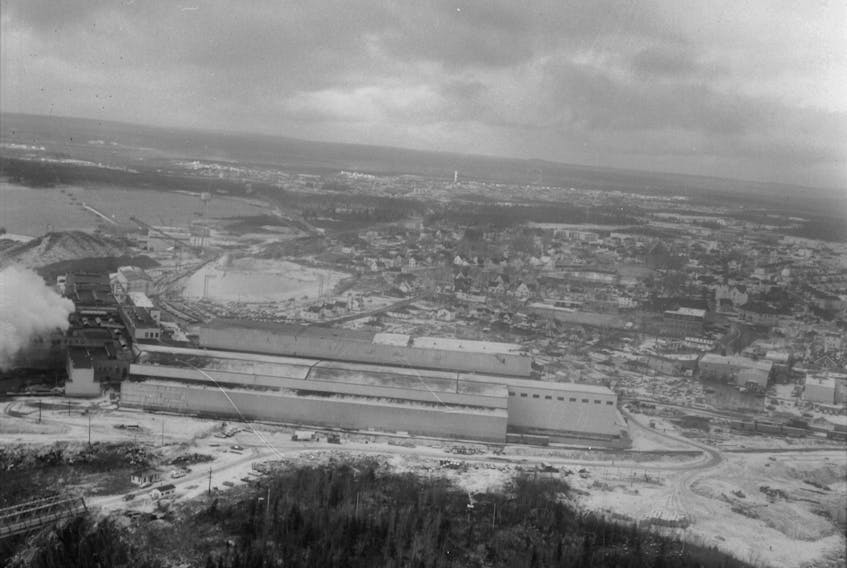GRAND FALLS-WINDSOR, N.L. — After a number of years of cut backs, early retirement incentives, shrinking community involvement and support — combined with continuing negative vibes and rumours — the final announcement on the closure of the mill in Grand Falls-Windsor was more of a relief than a surprise.
The communities, the mill and other workers, and governments, could now move on and concentrate on what to do with the rest of our lives.
Closure had come, in more ways than one.
The fears of an overall major disruption to life in general in all communities in the area and the expected descending of a pall of insecurity didn't happen. Life continued, the sun arose the next morning, and people made the necessary adjustments to the realities of no mill, no pulp wood cutting, or shipment of paper. The availability of employment opportunities in western Canada, and elsewhere in the local area or province, the Provincial and Federal Government employment adjustment services that were made available, and the strong will of the people to accept the new reality, helped cushion the overall effects of the closure of the mill.
Over the years prior to the mill closure the growth of government services, especially in the health and education sector, as well as the relocation to the area of other provincial and federal government offices, and the growth in the business and service sector, combined to counter the effect of the loss of employment at the mill and its related operations.
There was no appreciable effect on the total population of the town or area, as was feared by many. Over the years prior to the mill closure the growth of government services, especially in the health and education sector, as well as the relocation to the area of other provincial and federal government offices, and the growth in the business and service sector, combined to counter the effect of the loss of employment at the mill and its related operations.
I vividly remember the mid 1960s on Bell Island, where I spent my first 20 years, where the major source of employment was the iron ore mines. In the provincial census of 1961, the population of Bell Island was in excess of 12,000; not much less than the population of Grand Falls-Windsor at the present time. In 1962 the slow down started, with the closure of some mines, by 1969 the total shut down was completed. The census of that same year, 1969, showed that the population of Bell Island was reduced to just over 6,000. In eight years 50 per cent of the population, 6,000 people left for other locations for employment. Mercifully, we were spared a repeat of a major exodus in Grand Falls-Windsor.
In 2009 Grand Falls-Windsor and area was no longer a one-industry area, as Bell Island was prior to the mine closures.
Fortunately, for our area, for several years before the mill closed, all three levels of government and development organizations were successful in their attempts to diversify the economy of this region.
New employment opportunities became available. In addition, the development of this area as a regional economic and service centre for all of central Newfoundland was well under way. All of our eggs were not in one basket, as was the situation on Bell Island in the '60s.
In 2009 Grand Falls-Windsor and area was no longer a one-industry area, as Bell Island was prior to the mine closures.
Today, 10 years later, the former mill site is as it was before 1905, with the exceptions of the hydro production facilities. We had 100 years of paper production, this whole area prospered and grew, huge financial contributions were made to all three levels of government and a community of hard workers developed, who were prepared to face the changes and move on. This whole area remembers the days of the mill, but that is history. We are still here and we are still contributing to the economy of our towns, our province and our country, and we will continue in this way.
RELATED








